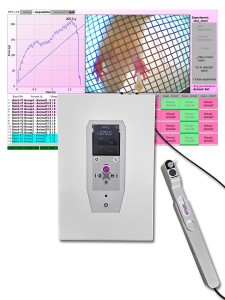Authors
K.I. Lorenzini, M. Besson, Y. Daali, D. Salomon, P. Dayer et al.
Lab
University Hospitals of Geneva, Division of Clinical Pharmacology and Toxicology, Geneva, Switzerland.
Journal
Basic and Clinical Pharmacology and Toxicology
Abstract
The combination of paracetamol with non-steroidal anti-inflammatory drugs (NSAIDs) is widely used; however, the nature and mechanism of their interaction are still debated. A double-blind, pharmacokinetic/pharmacodynamic, randomized, cross-over, placebo-controlled study was carried out in human healthy volunteers. The aim was to explore the existence of a positive interaction between paracetamol 1 g and ketorolac 20 mg administered intravenously on experimental pain models in human beings. The effects of the paracetamol-ketotolac combination were compared with similar doses of respective single analgesic and to placebo on the sunburn model (UVB-induced inflammation), cold pain tolerance and the nociceptive flexion reflex. The kinetics of the plasma concentrations of paracetamol and ketorolac were measured using 2D-liquid chromatography-mass spectrometry. Thirteen volunteers were screened, and 11 completed the study. Ketorolac significantly decreased primary hyperalgesia to heat stimuli compared with paracetamol (p < 0.014). The combination performed better than paracetamol (p < 0.001) and placebo (p < 0.042), increasing heat pain threshold by 1.5°C. The combination radically reduced primary hyperalgesia to mechanical stimulation (39%) compared with placebo (p < 0.002) and single agents (paracetamol p < 0.024 and ketorolac p < 0.032). The combination also reduced, slightly although significantly, the intensity of pain (10%) for the cold pressor test (versus placebo: p < 0.012, paracetamol: p < 0.019 and ketorolac p < 0.004). None of the treatments significantly affected the central models of pain at this dosage level. No pharmacokinetic interactions were observed. These results suggest a supra-additive pharmacodynamic interaction between paracetamol and ketorolac in an inflammatory pain model. The mechanism of this interaction could mainly rely on a peripheral contribution of paracetamol to the effect of NSAIDs.
BIOSEB Instruments Used
Electronic Von Frey 4 (BIO-EVF4),Electronic Von Frey 5 with embedded camera (BIO-EVF5)
Source :
http://onlinelibrary.wiley.com/doi/10.1111/j.1742-7843.2011.00733.x/abstract

 Douleur - Allodynie/Hyperalgésie Thermique
Douleur - Allodynie/Hyperalgésie Thermique Douleur - Spontanée - Déficit de Posture
Douleur - Spontanée - Déficit de Posture Douleur - Allodynie/Hyperalgésie Mécanique
Douleur - Allodynie/Hyperalgésie Mécanique Apprentissage/Mémoire - Attention - Addiction
Apprentissage/Mémoire - Attention - Addiction Physiologie & Recherche Respiratoire
Physiologie & Recherche Respiratoire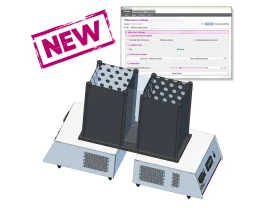
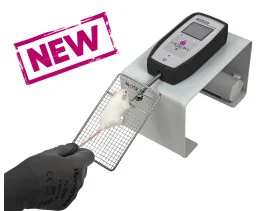
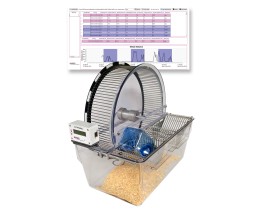

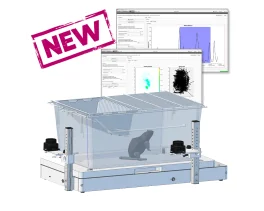
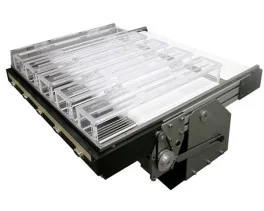
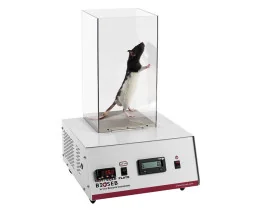
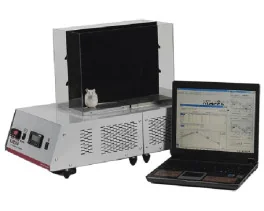

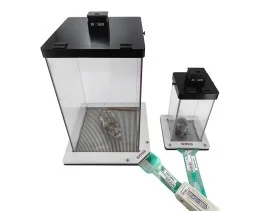

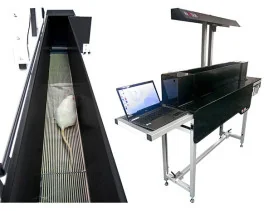
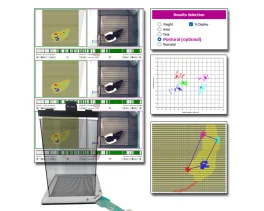
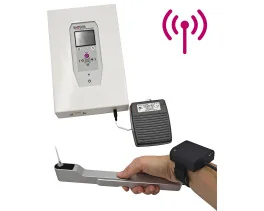
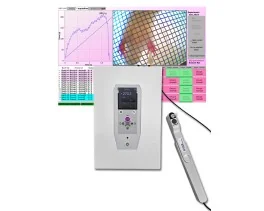

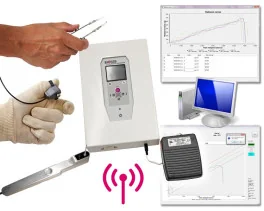

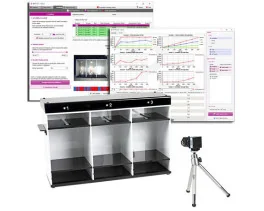
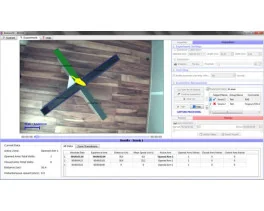
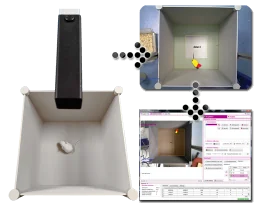


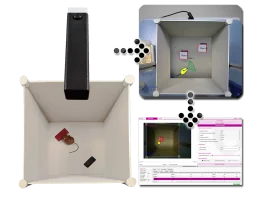

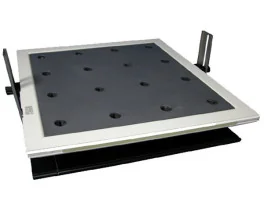


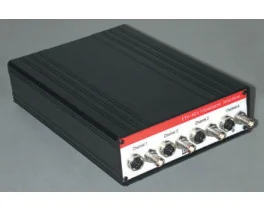
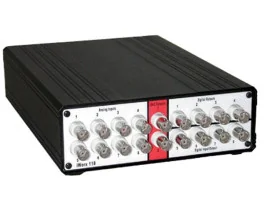
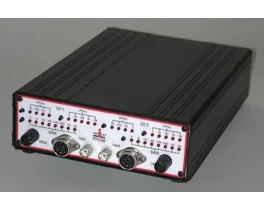
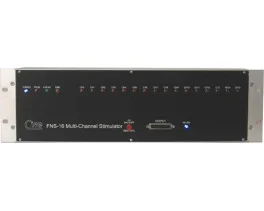
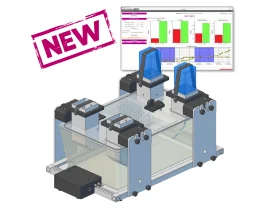
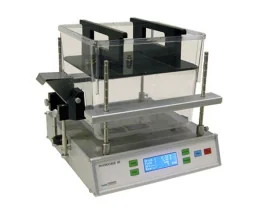
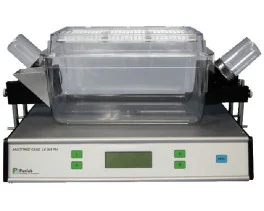
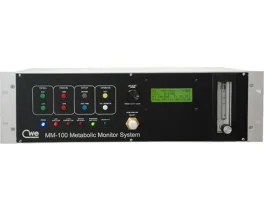
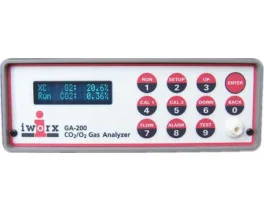
 Douleur
Douleur Système Nerveux Central (SNC)
Système Nerveux Central (SNC)  Neurodégénérescence
Neurodégénérescence Système sensoriel
Système sensoriel Système moteur
Système moteur Troubles de l'humeur
Troubles de l'humeur Autres pathologies
Autres pathologies Système musculaire
Système musculaire Articulations
Articulations Métabolisme
Métabolisme Thématiques transversales
Thématiques transversales Congrès & Meetings
Congrès & Meetings 
